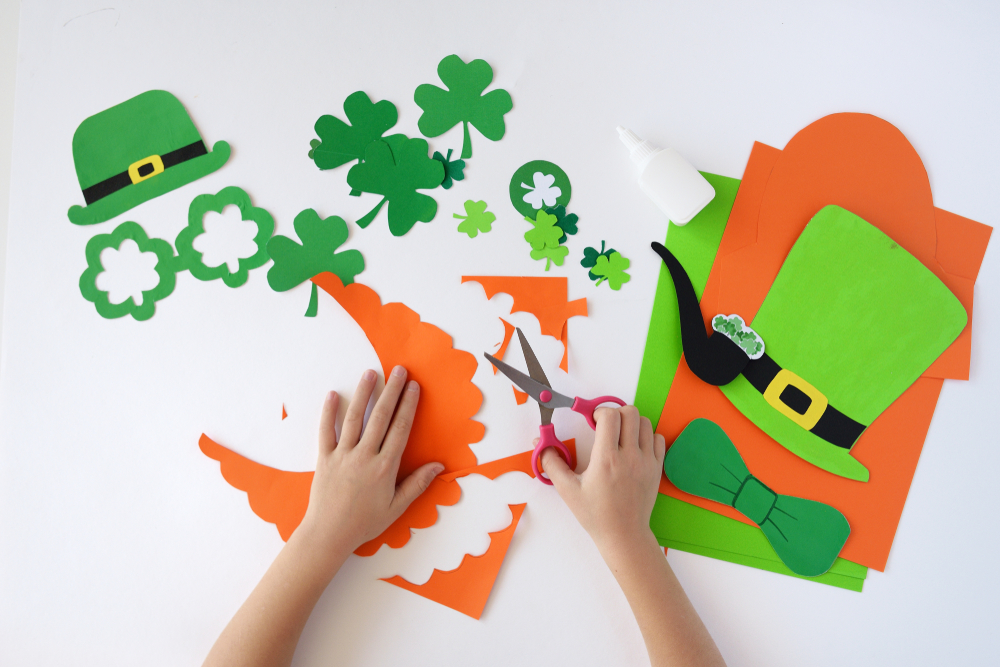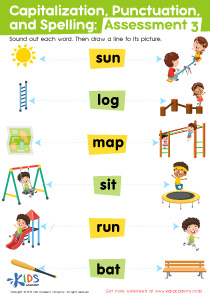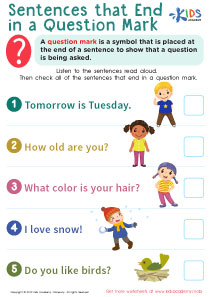Fine motor skills development Writing Worksheets for Ages 6-9
12 filtered results
-
From - To
Nurture your child's handwriting with our Fine Motor Skills Development Writing Worksheets for Ages 6-9! Designed to enhance dexterity, coordination, and pencil control, these engaging worksheets help young learners build essential motor skills while having fun. Featuring a variety of tracing, drawing, and writing activities, our worksheets provide a comprehensive approach to improve fine motor abilities. Ideal for classroom use or homeschooling, these dynamic exercises foster creativity and promote confidence in your child’s writing journey. Visit Kids Academy for high-quality PDFs that support your child's academic growth and motor skill development!
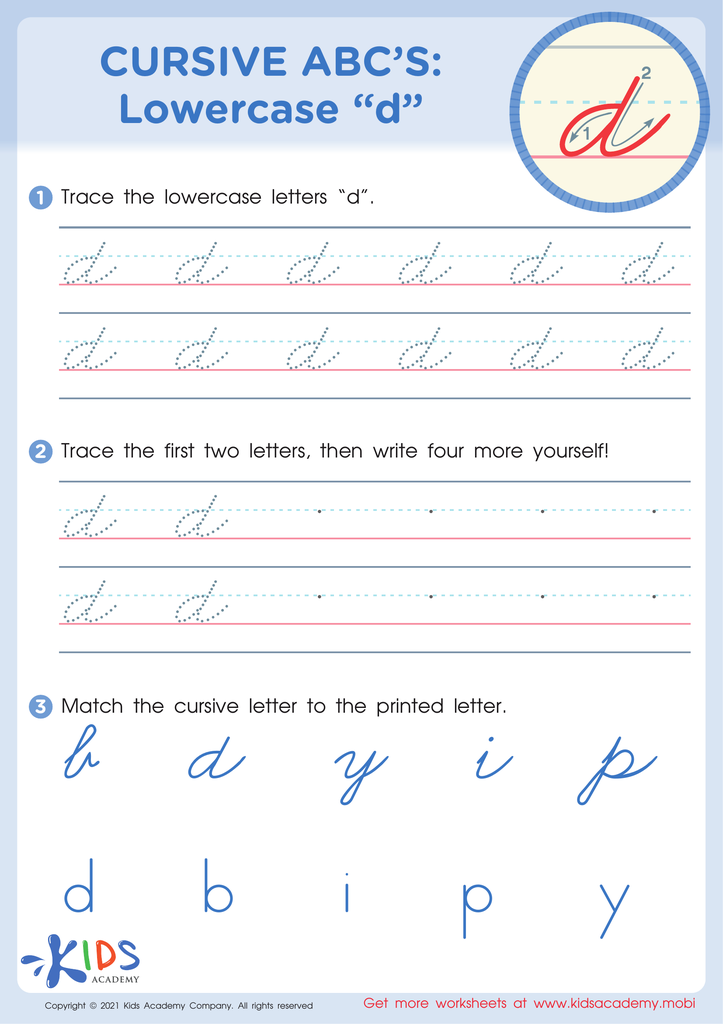

Cursive ABCs: Lowercase d
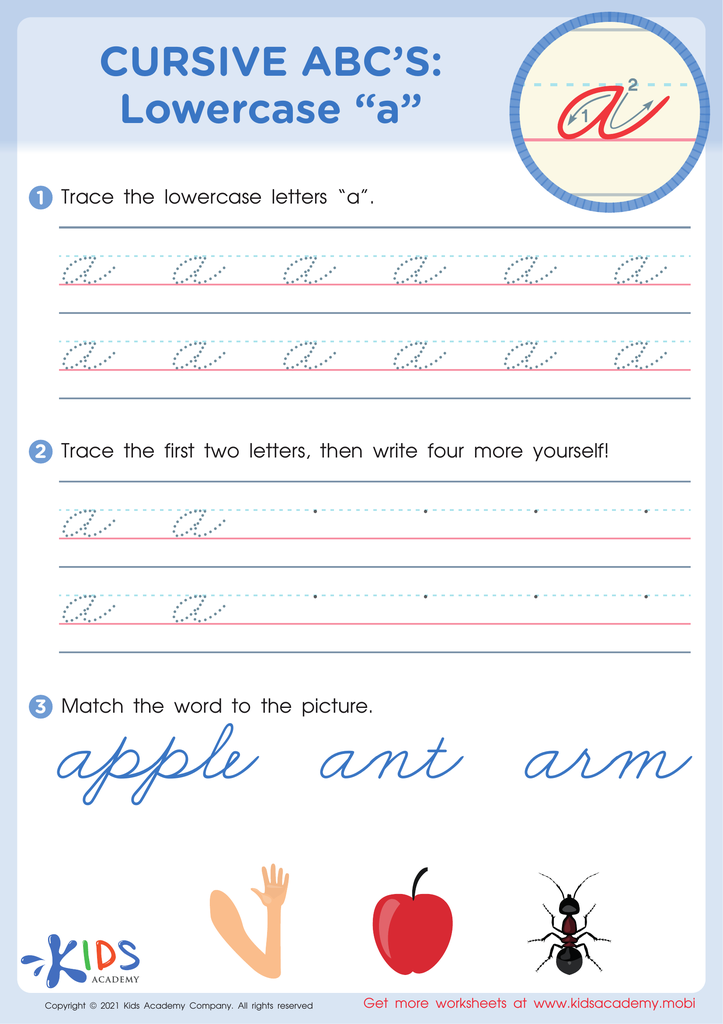

Cursive ABCs: Lowercase a
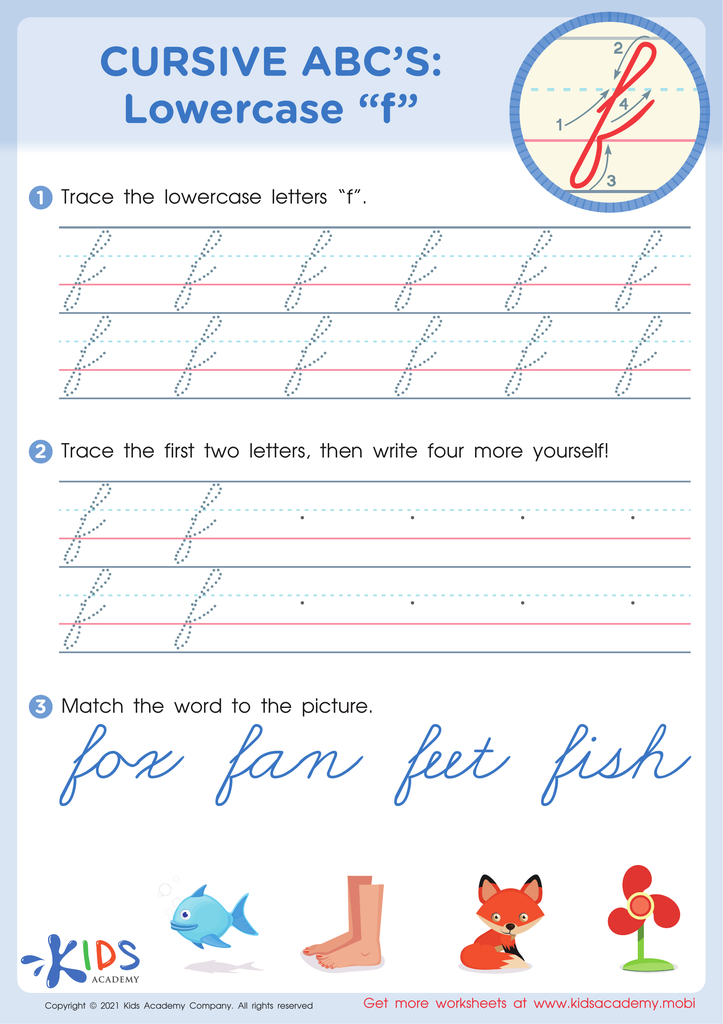

Cursive ABCs: Lowercase f
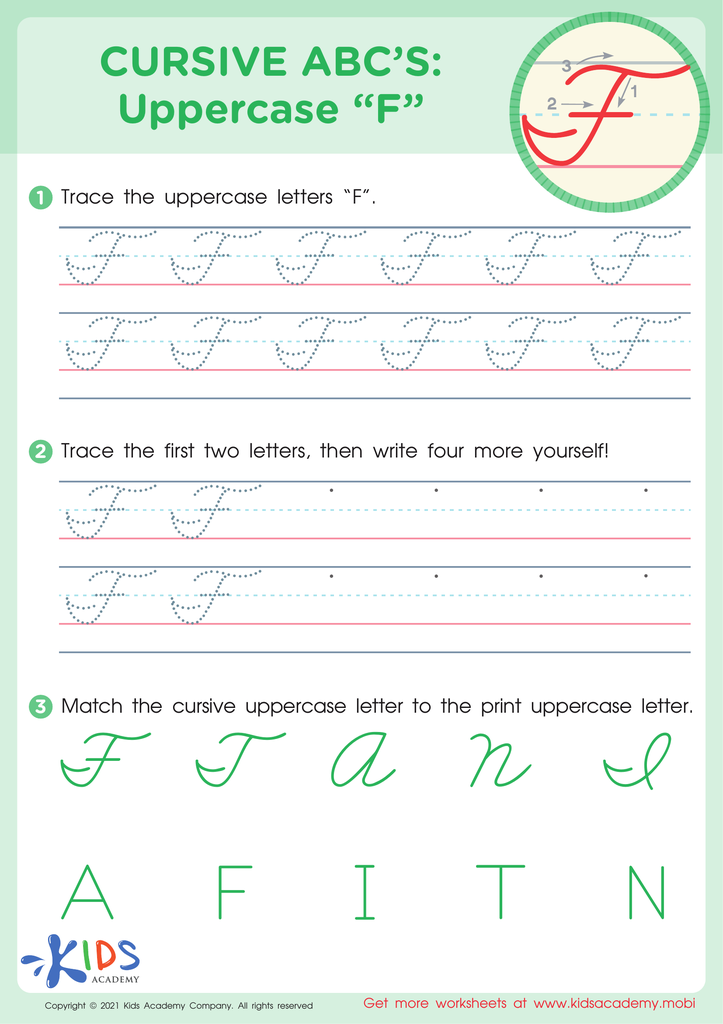

Cursive ABCs: Uppercase F
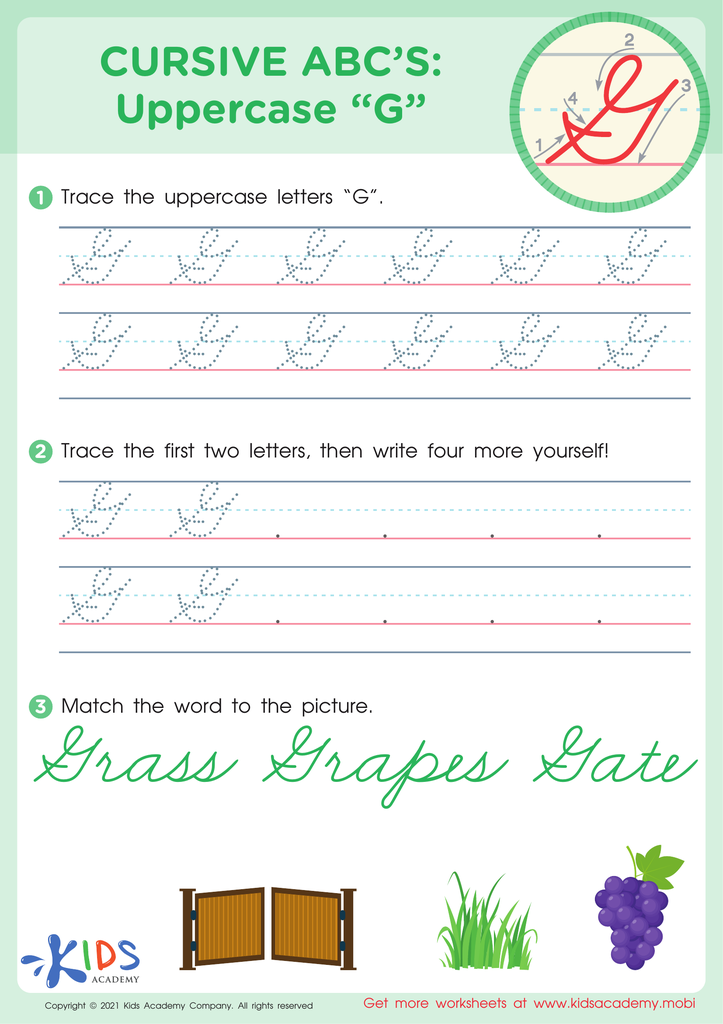

Cursive ABCs: Uppercase G
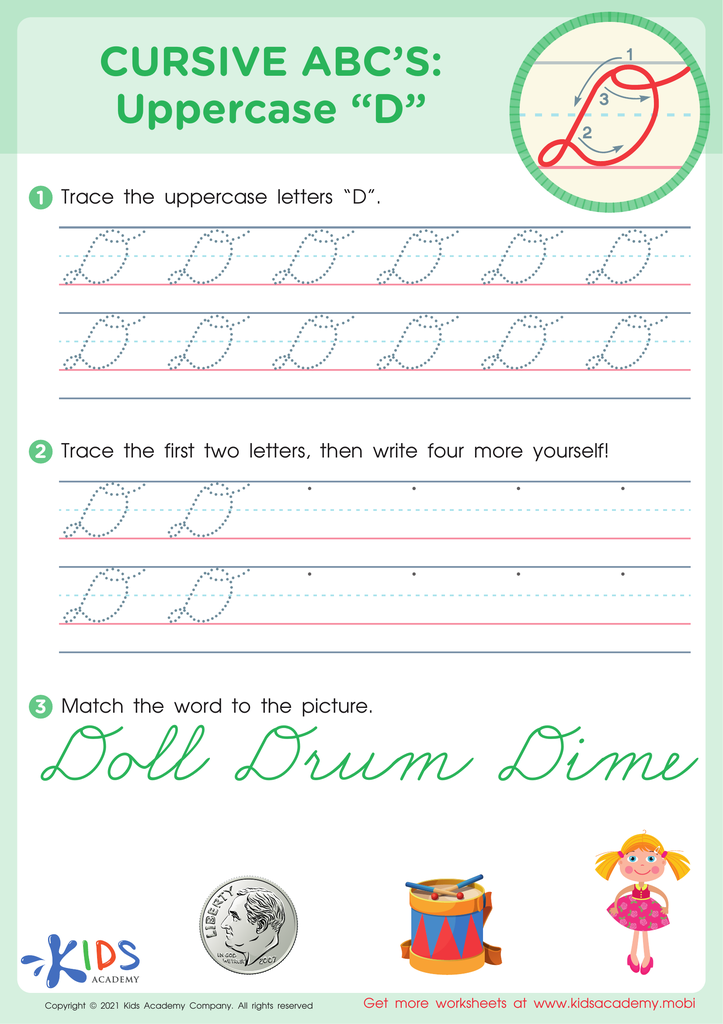

Cursive ABCs: Uppercase D
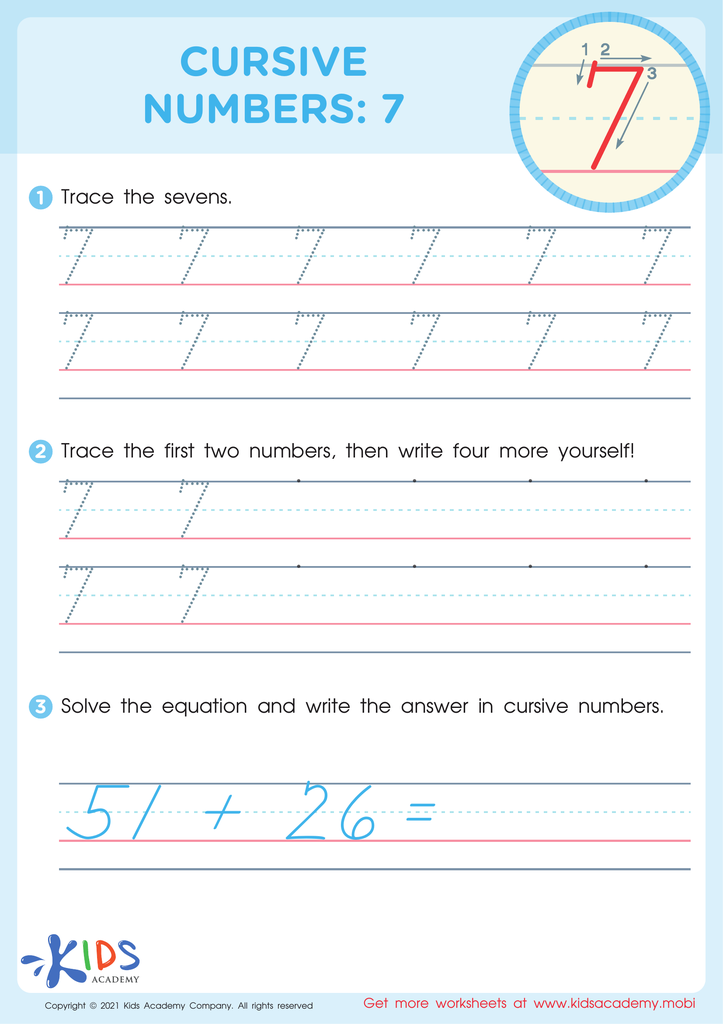

Cursive Numbers: 7 Worksheet
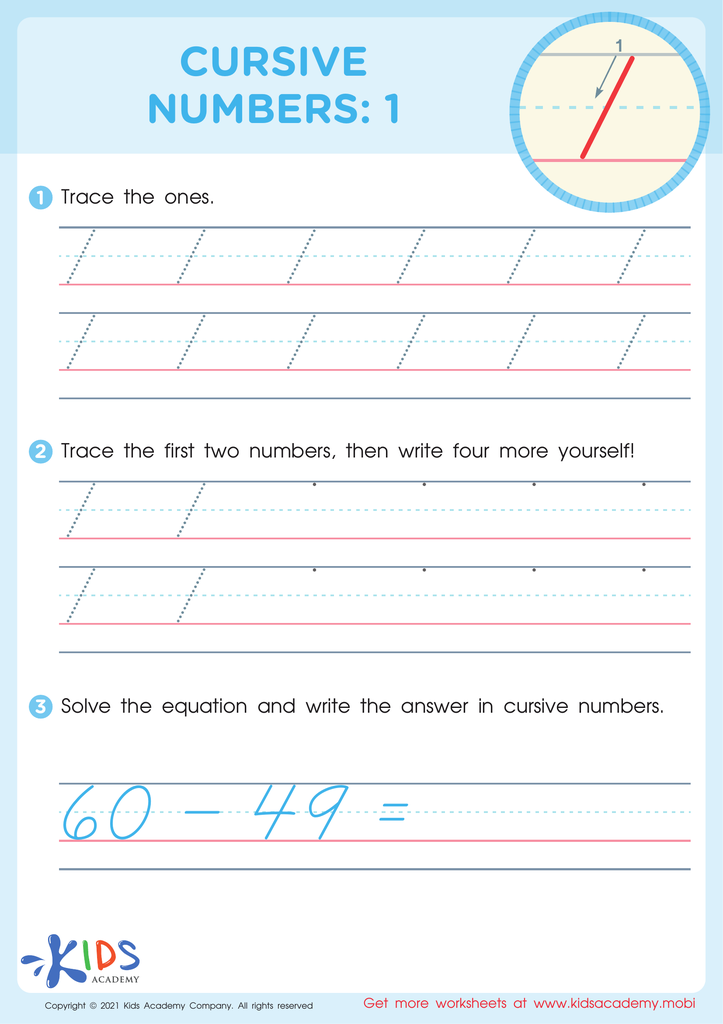

Cursive Numbers: 1 Worksheet
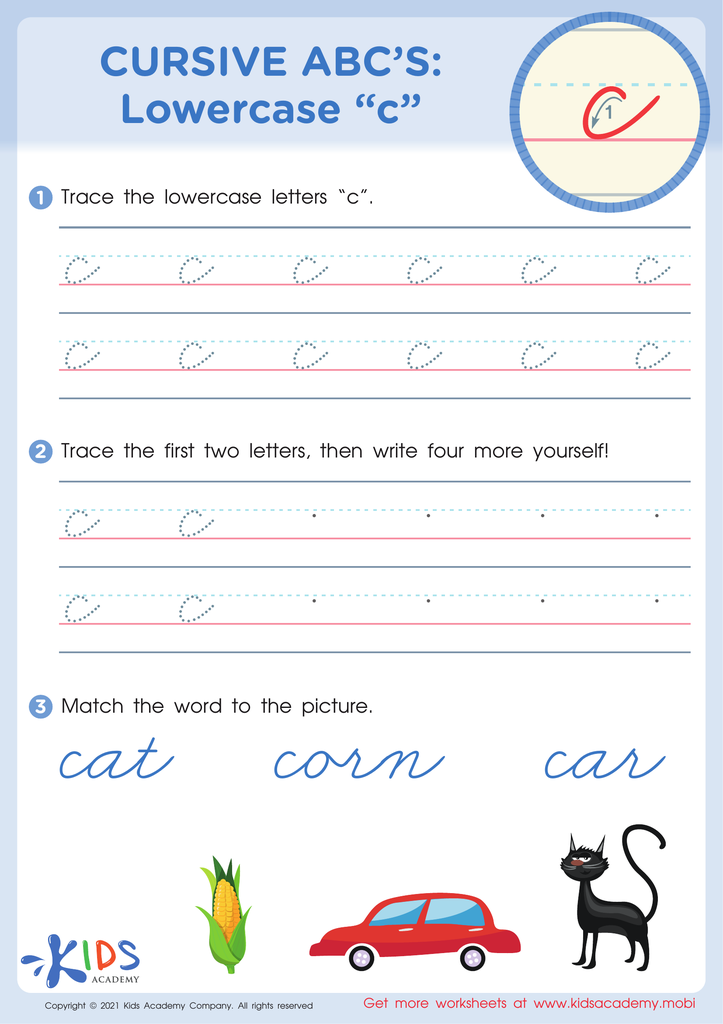

Cursive ABCs: Lowercase c


Cursive ABCs: Lowercase h
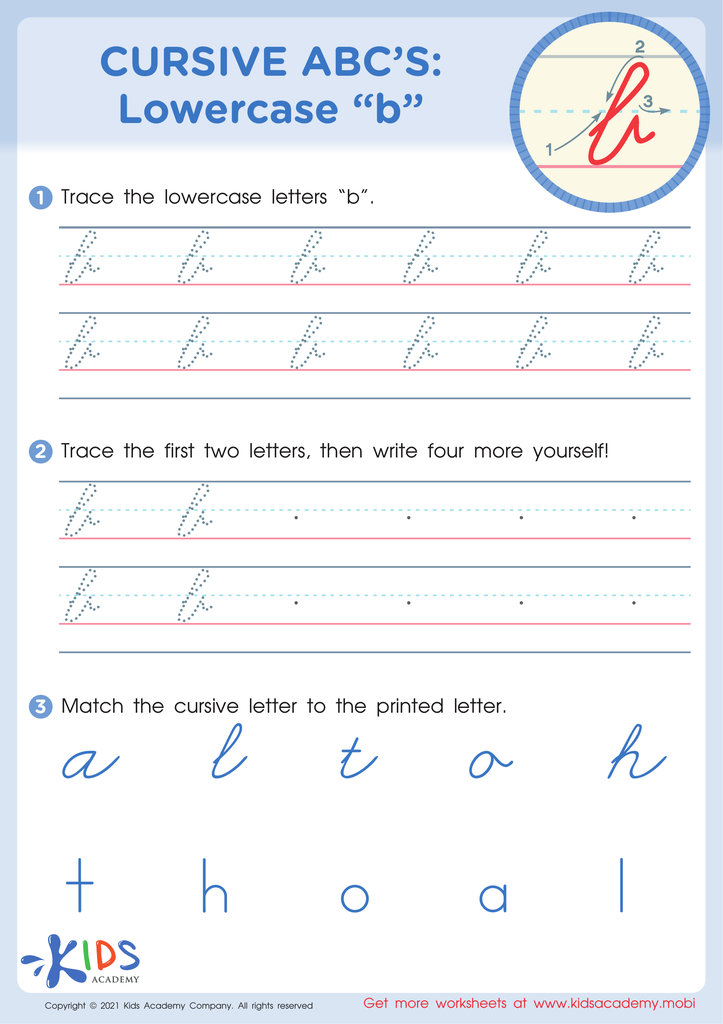

Cursive ABCs: Lowercase b
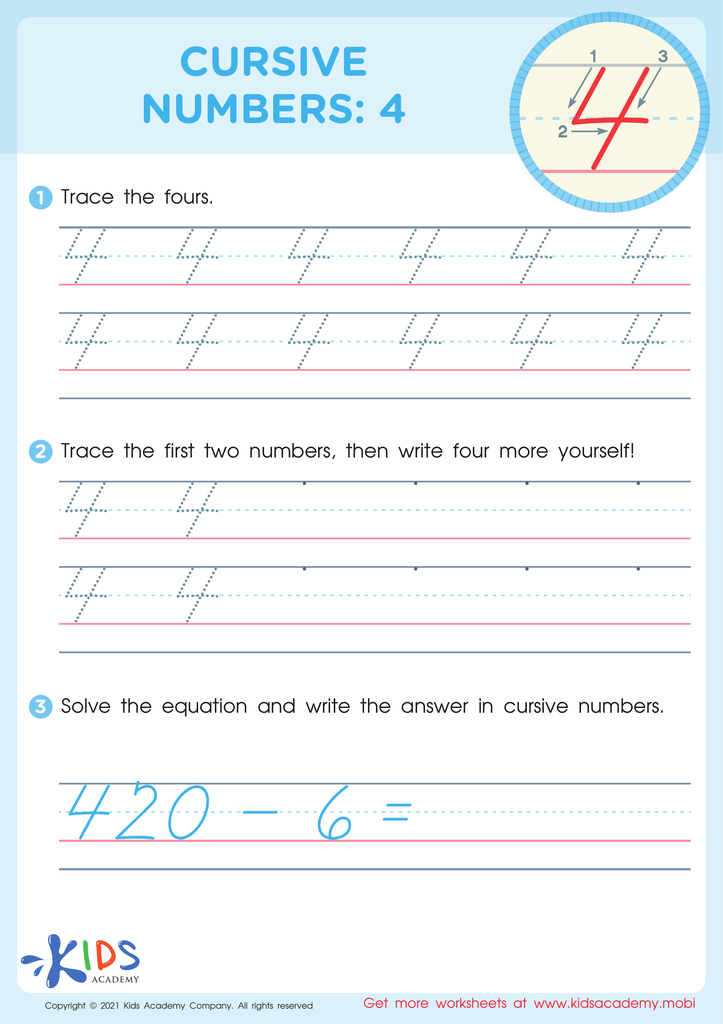

Cursive Numbers: 4 Worksheet
Fine motor skills are crucial for children aged 6-9, as they lay the foundational building blocks for more complex tasks later in life, starting with writing. Writing proficiency directly impacts a child's academic performance and confidence. By nurturing fine motor skills at a young age, parents and teachers can facilitate the development of proper pencil grip, hand-eye coordination, and muscle control necessary for effective writing.
When children struggle with fine motor skills, tasks such as writing neatly, cutting with scissors, or even using a keyboard can become challenging. This may lead to frustration, reduced self-esteem, and an aversion to academic activities. Early intervention can help alleviate these issues by making writing an enjoyable and less strenuous task, which in turn promotes a more positive attitude towards learning.
Furthermore, fine motor skills are interconnected with cognitive development. Manipulating small objects aids in improving focus, problem-solving skills, and even spatial understanding. Therefore, prioritizing the development of these skills supports comprehensive educational growth, not just in writing but across various subjects.
Encouraging activities like drawing, coloring, and crafts can significantly enhance fine motor skills. Therefore, attentive parents and teachers will help set the stage for long-term academic and personal success by valuing and fostering fine motor skill development during these formative years.



